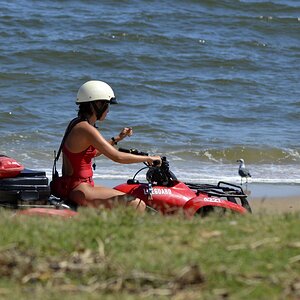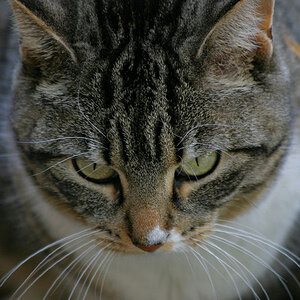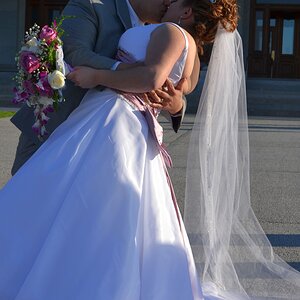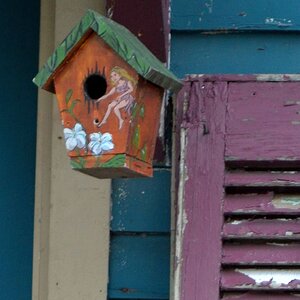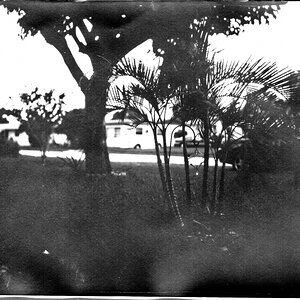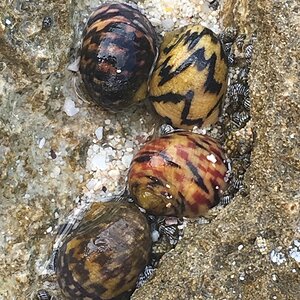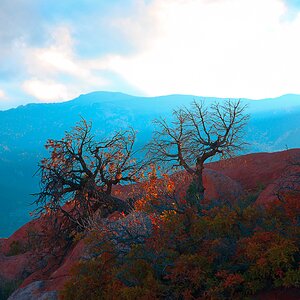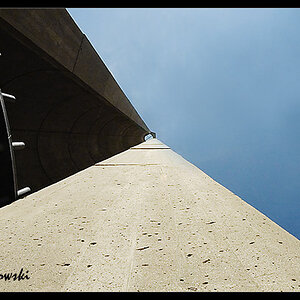jcdeboever
Been spending a lot of time on here!
- Joined
- Sep 5, 2015
- Messages
- 19,868
- Reaction score
- 16,081
- Location
- Michigan
- Can others edit my Photos
- Photos OK to edit
I got my set up today and of course, two bulbs were broken. What a PITA it is to assemble the Impact Octabox. I like it but don't care for the assembly. Anyway.... Setup OCtabox 9 (7 on), Fujifilm XPro2, 60mm macro. 1/85s @ f/5.6, ISO 600.
My goal tonight is the position of the light as it's refected on the subject, NOT FOCUS, COMP, ETC. Not that I don't need help in these areas, I prefer to focus in brackets for learning. Please don't tell me the obvious mistakes outside of lighting, it only confuses me. I am only focused the applied light of the subject, thank you for your patience.
My secondary goal is to see if my chosen position sculpted her lower jaw and offered a reasonable artistic exposure for a beginner with continuous light. Probably project suggestions so I can assimilate.
My ultimate goal is to learn ways of manipulating the light to achieve artistic renders. Probably project suggestions so I can assimilate.
I have been reading up on this in Hedgcoe books, video's and the helpful diagrams from @Braineack , @DanOstergren, @Derrel. Verbal direction from @Gary A, progressive advance work @smoke665 ,@ronlane, and @JonA_CT . I think my vertical position of light may be off. I know other things can be wrong as well, so please advise.
1. The catch lights are lost a little in location of the eye?
2. If you notice an advance feature of the subject, tips to dial that in... I did notice the wonderful structure in the shadows of my granddaughters left side of her mouth, i had to move the light a few times..... not easy with a six year old, let me tell you.
3. Please advise in general of ways to improve the photo, approach, etc. I am open to software but be specific if you feel it's important, I use open source software and may have to google your advise as it relates to GIMP, and I will post a result. It is important to me as I try to get right in camera.
Thank you in advance, y'all are always so helpful. I will also post an artistic shot later that may offer greater opportunity for my improvement.

My goal tonight is the position of the light as it's refected on the subject, NOT FOCUS, COMP, ETC. Not that I don't need help in these areas, I prefer to focus in brackets for learning. Please don't tell me the obvious mistakes outside of lighting, it only confuses me. I am only focused the applied light of the subject, thank you for your patience.
My secondary goal is to see if my chosen position sculpted her lower jaw and offered a reasonable artistic exposure for a beginner with continuous light. Probably project suggestions so I can assimilate.
My ultimate goal is to learn ways of manipulating the light to achieve artistic renders. Probably project suggestions so I can assimilate.
I have been reading up on this in Hedgcoe books, video's and the helpful diagrams from @Braineack , @DanOstergren, @Derrel. Verbal direction from @Gary A, progressive advance work @smoke665 ,@ronlane, and @JonA_CT . I think my vertical position of light may be off. I know other things can be wrong as well, so please advise.
1. The catch lights are lost a little in location of the eye?
2. If you notice an advance feature of the subject, tips to dial that in... I did notice the wonderful structure in the shadows of my granddaughters left side of her mouth, i had to move the light a few times..... not easy with a six year old, let me tell you.
3. Please advise in general of ways to improve the photo, approach, etc. I am open to software but be specific if you feel it's important, I use open source software and may have to google your advise as it relates to GIMP, and I will post a result. It is important to me as I try to get right in camera.
Thank you in advance, y'all are always so helpful. I will also post an artistic shot later that may offer greater opportunity for my improvement.


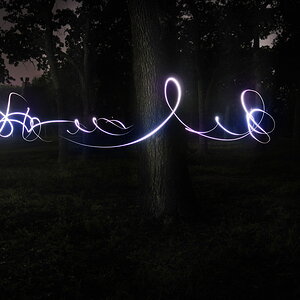
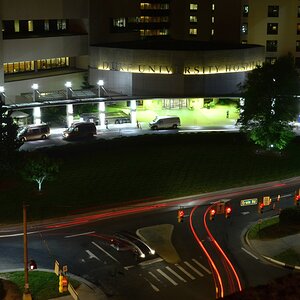
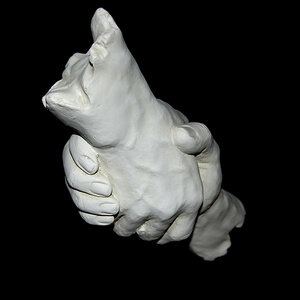
![[No title]](/data/xfmg/thumbnail/31/31979-ea92aca54ae865842d998c9cec534991.jpg?1619735137)
